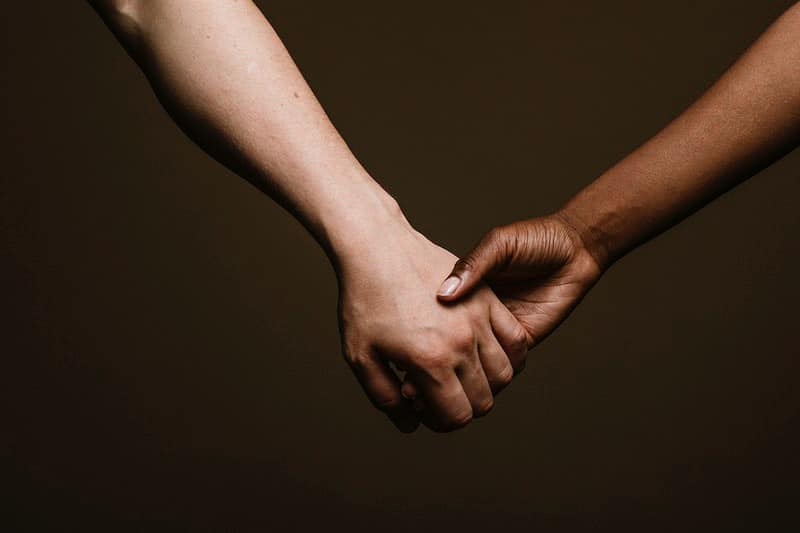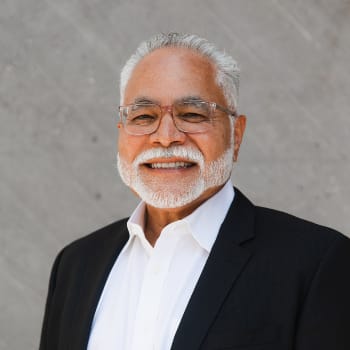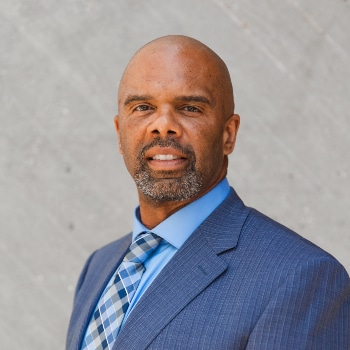While fighting the coronavirus pandemic should be of our utmost priority, this year has seen the disease of addiction thriving as well. In fact, one might say there is another epidemic that must be made known. This epidemic has been raging across the United States for several years, with its death toll only continuing to climb. This is the overdose epidemic.
Overdose Deaths Climb to Record Levels
The CDC’s National Center for Health Statistics found that this last year broke the record for annual drug overdose deaths in the United States. Over 100,000 people lost their lives from alcohol and drug overdoses in 2021 — nearly a 30% increase from the 78,000 lives lost from overdose in 2020.
Conversations regarding mental health and drug use have come a long way in the last several years, but stigma still exists around discussing these topics. Drug overdose deaths are absolutely avoidable and can be prevented with proper education and access to addiction and mental health treatment.
The stigma and stereotypes around drugs and the people who use them contribute to the rise in overdose deaths. It is essential that we work to promote harm reduction education and provide necessary tools and resources to individuals that struggle with addiction and substance use to avoid overdose deaths.
Defining Overdose
One of the most important things to understand about overdose statistics is that overdoses account for several different experiences. The most widely known definition of overdose is when a person takes more than a normal, or more than the recommended, amount of a certain substance.
When a person takes too much of a certain substance on purpose, this is considered an intentional overdose. Sadly, many intentional overdoses occur because drug users feel overwhelmed or helpless, with no hope for the future.
Unintentional Overdose Risks
Overdose can also occur when a person unknowingly uses tainted or contaminated drugs, containing toxic adulterants or stronger drugs like fentanyl. Fentanyl is a synthetic opioid used to manage severe pain in legitimate medical settings, such as surgical environments or during cancer treatments. Illicit fentanyl, on the other hand, is often manufactured in China and shipped to the United States through Mexico, and is being used to increase the potency of other illicit drugs. Illicit fentanyl itself is potent and cheap, which motivates drug dealers to use it to cut other illicit streets drugs and, in turn, make a bigger profit off of their sales.
Overdoses from tainted drugs are typically considered accidental or unintentional. Even if a person is willingly using illicit substances, most people are not doing so with the intent to consume a tainted drug. Society and the media portray these types of overdose deaths in an incredibly negative light as if it is the fault of the drug user to know that they were consuming a tainted drug. In reality, the perpetrator is the untruthful drug dealer.
Overdose Prevention Strategies
It is essential that our nation works together to address the root causes of overdose while providing the necessary tools and resources that are available to everyone and anyone to fight the overdose epidemic.
A few of these overdose prevention strategies include primary prevention, harm reduction, access to and availability of evidence-based treatment, and recovery support.
- Primary prevention involves working to prevent substance use disorders and addiction from occurring. Some strategies include:
- Access to proper education regarding the consequences of drug use, risk factors for addiction, and harm reduction tools
- Investing in community resources to prevent substance-related harms
- Increasing access to effective pain management tools to reduce mental health suffering and dependence on opioids
- Promoting responsible use of prescription medications
- Harm reduction involves promoting health, regardless of whether a person uses drugs. Some strategies include:
- Increasing the availability of harm-reduction services
- Increasing the quality of harm-reduction services
- Promoting safer drug use
- Reducing stigma associated with substance use, substance users, and overdose
- Evidence-based treatment involves reducing any barriers that limit people from accessing effective treatment for mental health distress or substance use. Some strategies include:
- Reducing cultural or societal stigmas
- Advancing treatment strategies to improve engagement and retention
- Developing new and useful therapeutic approaches
- Making treatment more appealing for those who need it
- Making treatment easier to access
- Recovery support involves engagement and motivation for those that experience treatment and choose recovery. Recovery support includes:
- Increasing quality of services
- Integrating recovery support services into daily life
- Supporting the recovery workforce
- Expanding access to affordable and effective support services
- Developing different stages of recovery for those in life-long recovery
Everyone is familiar with the coronavirus pandemic, but what about the overdose epidemic? Sadly, the year 2021 broke the record for the most annual drug overdoses. Drug overdose deaths are becoming more and more common every year. It is essential that our nation works together to discuss the root causes of drug overdose and find valuable ways to reduce overdose deaths moving forward. SoCal Mental Health understands that there is still a stigma in society about people with mental illness or people that use substances. We are a mental health treatment center that works to actively fight these stigmas. We acknowledge how crippling mental health distress can be, and want to support and guide you as you work to find mental clarity and peace. We offer several different services to help personalize your treatment experience, even when addiction or substance use plays a factor. Call SoCal today to learn more (949) 502-2041.












